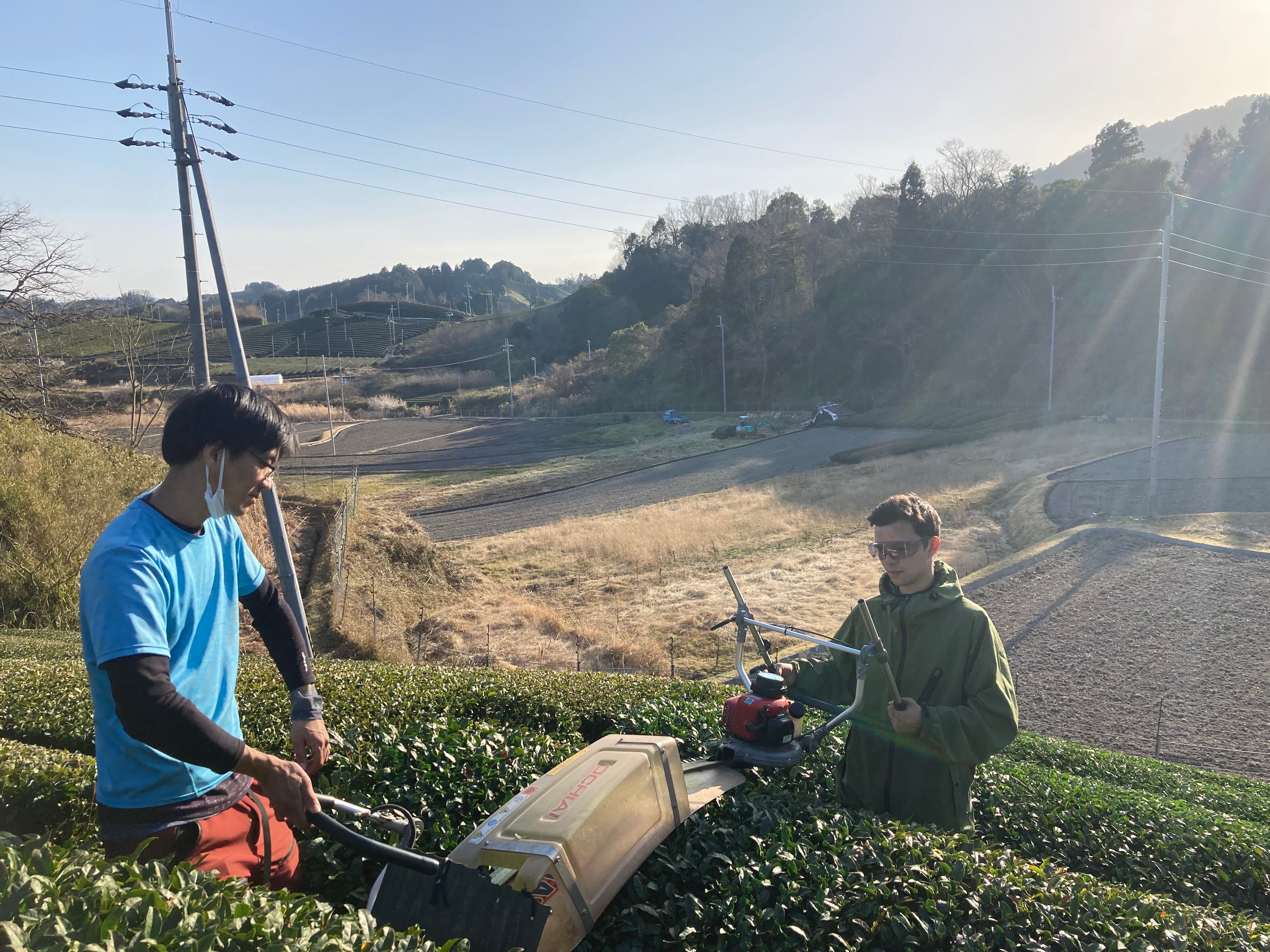Green tea was first discovered in China and was brought to Japan around the year 815 during what was called the “Heian period” in Japan. Tea cultivation became more popular as it became a more significant part of the lifestyle of Japanese buddhist monks. During the 12th century Japanese monks would go on to document the health benefits of drinking green tea, particularly monks from Kyoto.
Buddhist monks then began to ground the green tea into matcha, where they would use it to remain focused on meditation and reduce fatigue. Pretty cool right?From the 12th century to 15th century, tea became more popular in Japan and tea ceremonies were common among aristocrats, solidifying itself into many social practices.
Present Day
Fast forward to today, tea has only increased in popularity thanks to globalisation and now people from all over the world drink green tea and matcha. Japan remains the leader in producing quality matcha thanks to its devoted farming practices.
Whilst tea used to be drunk from tea pots, today it can be found in tea bags, lattes and sweets. The consumption of matcha has continued to grow in popularity thanks to its health benefits and many societies becoming more health conscious.
There is a reason why matcha and green tea has been popular throughout many generations, so you can drink with confidence knowing you’ve made the right choice !
If you're interested in trying some matcha for yourself, check out our range of matcha farmed from Kyoto at Matcha Boy's website !
